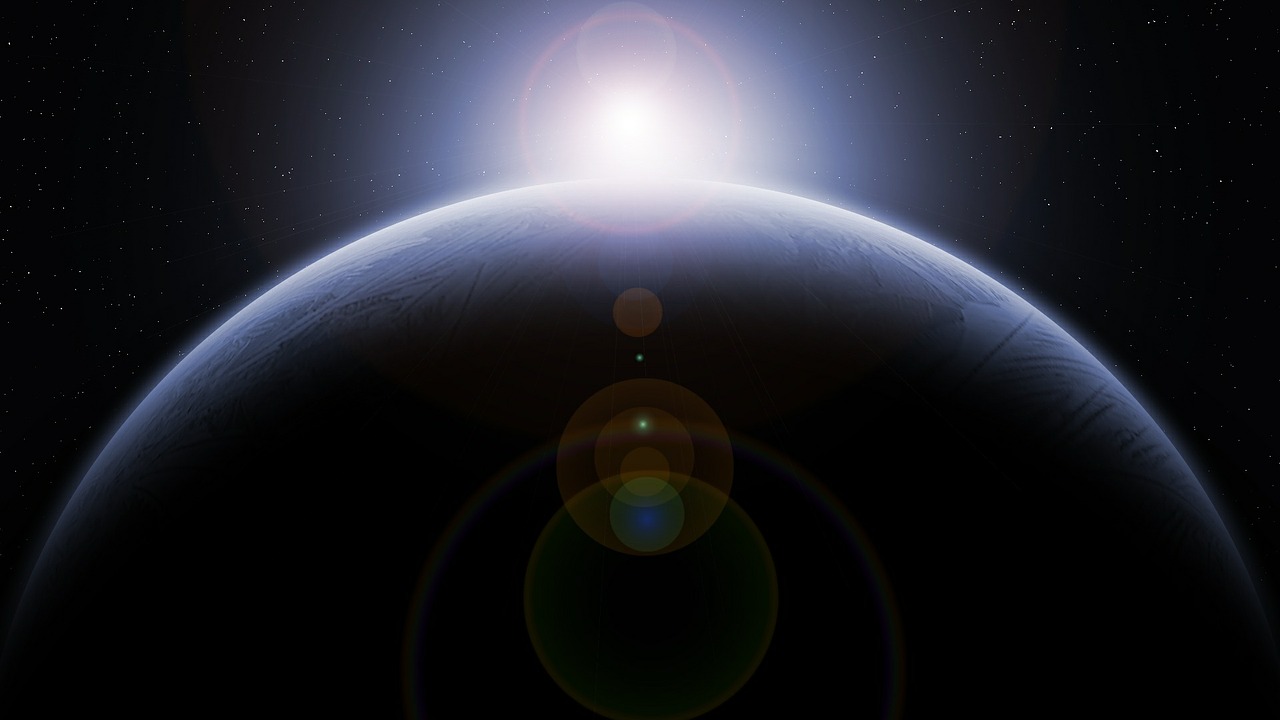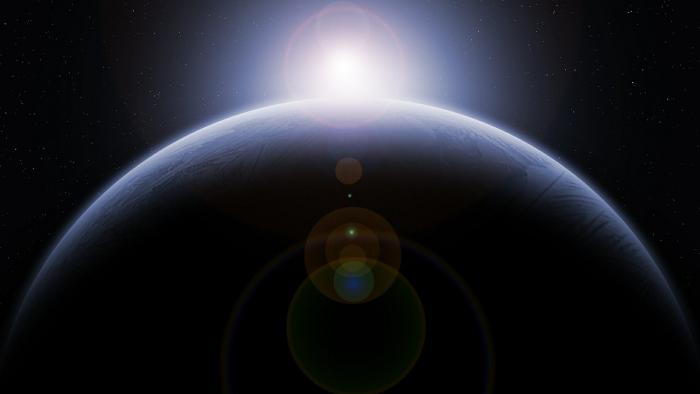How Do You Weigh A Planet?
-
 By
Solent Scales
By
Solent Scales
- 1 Oct 2021
- 0 Comments

How Do You Weigh A Planet?
At Solent Scales, we have scales for pretty much every application. We have scales that can measure an item down to one thousandth of a microgram and we have bridges that can measure vehicles of multiple tonnes. However, nowhere in our vast selection of weighing solutions will you find a set of 'Celestial Scales' or 'Interplanetary Load Cells'.

So, how do physicists calculate the mass of a planet? How do you measure a planet’s mass with no scales to read from and no gravity to measure with?
You may assume that the simplest way of gathering the weight and mass of an object that you can’t physically measure is to estimate its size and composition and extrapolate its weight from there. For instance, a planet 1km in radius entirely composed of water could be easy to estimate. We know how to calculate the volume of a sphere and we know how much water weighs. This allows us to estimate with reasonable accuracy the weight of the planet.
However, planets never entirely consist of single substances. They are a complex mix of many different kinds of materials. To weigh the earth, physicist calculated a simple equation that makes a very complicated subject like planet weighing relatively simple.

The equation takes the known mass of an object, its distance from the Earth and Gravitational constant – all data that we know.
By re-arranging this equation, we can solve it for the ‘mass of the Earth’, since every other aspect of the equation is something that we know and measure. This gives us the weight of the earth as 6x1024kg.
Now that we know the mass of the Earth, it becomes much easier to calculate the mass of other planets in our solar system, by first calculating the mass of the Sun (once again using the above equation), since every other planet in our solar system orbits it.
Where previously we knew the weight of an object being pulled towards earth (what we wanted to measure), now we know the weight of the earth being pulled towards the sun (what we now want to measure). Using this simple process, we can measure the weight of all of the planets that orbit our Sun.
If you’ve got something to weigh but not quite as large as a planet:








